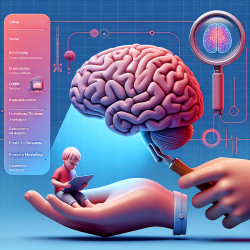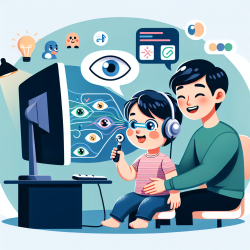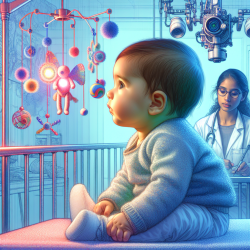Understanding Cerebral Schistosomiasis: A Unique Case Study
In the realm of parasitic diseases, schistosomiasis stands as the second most socioeconomically devastating, affecting over 240 million people globally. The recent case study titled Atypical presentation of cerebral schistosomiasis four years after exposure to Schistosoma mansoni? provides a fascinating insight into the complexities of this disease, particularly when it presents atypically.
Case Overview
The case involves a 25-year-old woman from the United States who experienced a generalized tonic-clonic seizure four years after a single exposure to a freshwater river in Ghana. This case is particularly intriguing as it highlights an atypical presentation of cerebral schistosomiasis due to Schistosoma mansoni, a species primarily known to affect the spinal cord rather than the brain.
Key Findings
- Delayed Presentation: The patient presented with neurological symptoms four years post-exposure, a significant delay that challenges typical diagnostic timelines.
- Diagnostic Challenges: Initial imaging and clinical assessments did not reveal the cause, necessitating a biopsy that confirmed the presence of granulomas with S. mansoni eggs.
- Multidisciplinary Approach: The case underscores the importance of combining history, imaging, laboratory findings, and pathological analysis for accurate diagnosis.
Implications for Practitioners
For practitioners, this case study serves as a critical reminder of the complexities involved in diagnosing atypical presentations of parasitic infections. It emphasizes the need for:
- Comprehensive Patient History: Detailed travel and exposure history can provide crucial clues in atypical cases.
- Interdisciplinary Collaboration: Working with specialists in pathology, radiology, and infectious diseases is essential for accurate diagnosis and treatment planning.
- Continued Research: Further research into the neurological impacts of schistosomiasis and similar parasitic infections can enhance understanding and improve patient outcomes.
Conclusion
This case of cerebral schistosomiasis due to S. mansoni highlights the importance of a thorough, multidisciplinary approach in healthcare. Practitioners are encouraged to remain vigilant for atypical presentations and to utilize a combination of diagnostic tools to ensure accurate diagnosis and effective treatment.
To read the original research paper, please follow this link: Atypical presentation of cerebral schistosomiasis four years after exposure to Schistosoma mansoni?










